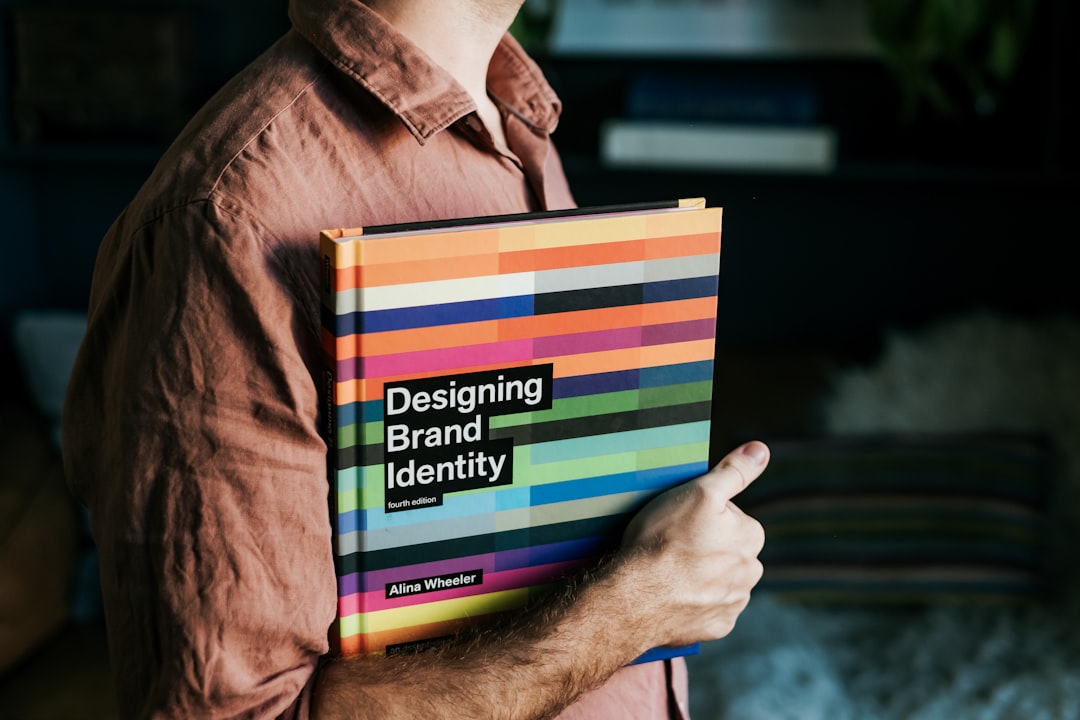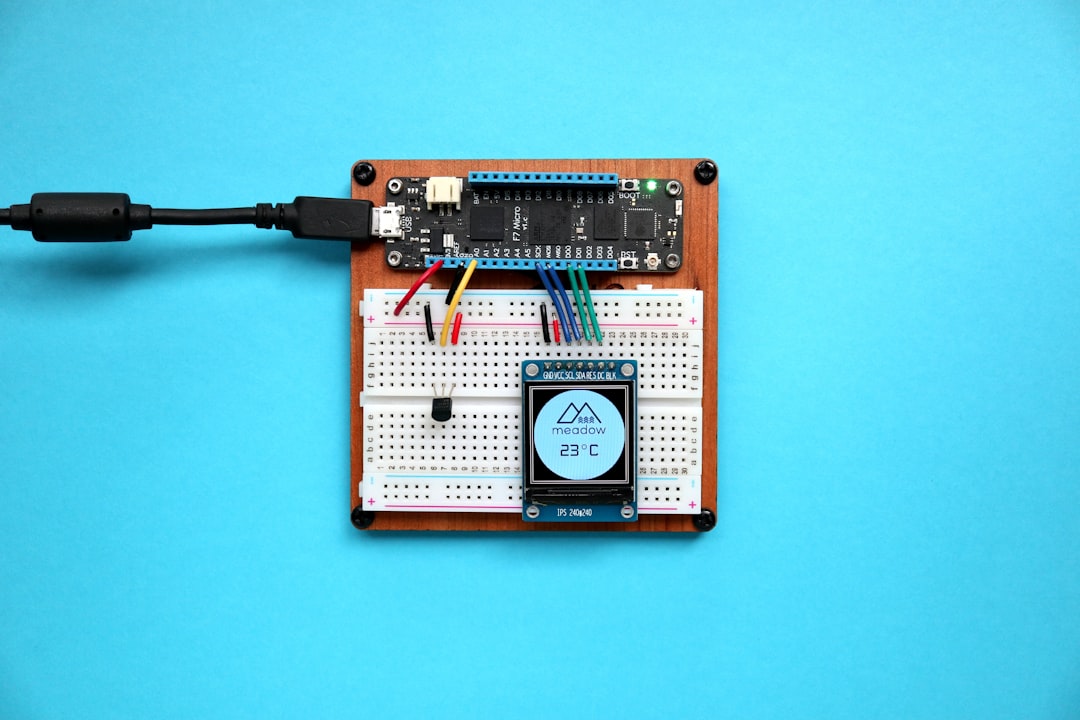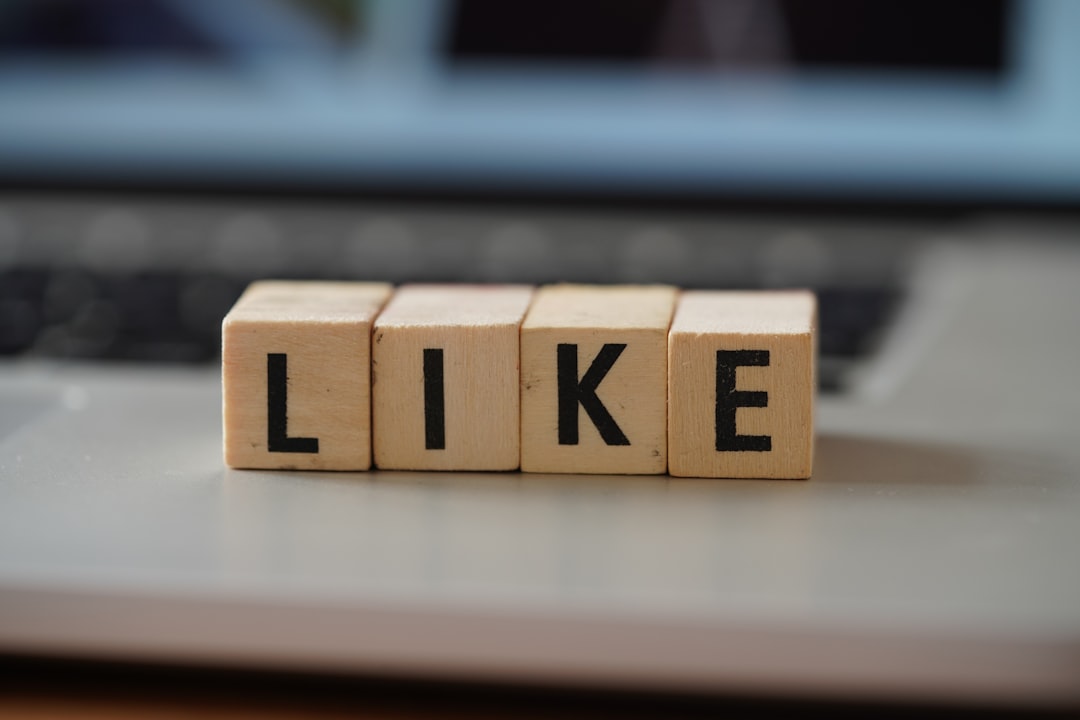In today’s competitive marketplace, a logo is far more than just a visual element—it represents a company’s identity, values, and mission. Creating a compelling logo that aligns with a brand’s vision traditionally required extensive collaboration with skilled designers. However, with advancements in artificial intelligence (AI), the process of designing personalized logos has significantly evolved. AI now offers a powerful and efficient solution for businesses seeking a tailored identity, regardless of their size or industry.
So, how can AI personalize logos for different businesses? This article explores how AI integrates creativity with data-driven insights to develop logos that resonate with specific brand requirements, market segments, and consumer expectations.
Understanding AI-Driven Logo Design
AI systems in graphic design use machine learning, natural language processing, and computer vision to understand and generate visual content. When applied to logo creation, AI can analyze a business’s identity, industry, and target audience to generate customized designs that go beyond generic templates.
Unlike traditional design software, which requires manual input for every detail, AI algorithms can extrapolate design elements by analyzing existing brand data, competitor logos, and design trends. This allows startups and entrepreneurs to access high-quality visual identities without huge time or resource investments.

Key Ways AI Personalizes Logos
AI doesn’t just generate random images—it intelligently crafts logos based on specific criteria. Below are several ways AI provides personalized logo solutions for businesses:
- Industry Recognition: AI systems are trained on massive datasets, including industry-specific logos. They can detect and apply styles, color palettes, and iconography relevant to a business’s domain—be it technology, food, education, or finance.
- Brand Personality Analysis: When business owners input keywords that describe their brand (e.g., trustworthy, innovative, fun), AI can interpret these descriptors and reflect the tone through typography, shapes, and imagery.
- Color Psychology: AI considers how different colors influence perception. If a brand wants to convey eco-friendliness and calmness, the system might suggest green and blue schemes accordingly.
- Adaptability and Customization: AI platforms offer refinements such as font changes or layout adjustments, allowing users to tweak logo options while maintaining design integrity.
- Data-Driven Refinement: Through A/B testing or consumer feedback, businesses can input performance data into the AI tool, which in turn evolves the logo for better effectiveness over time.
Benefits of AI in Logo Personalization
Why are businesses increasingly turning to AI for logo design? The advantages are numerous and compelling:
- Speed: AI can generate dozens of logo concepts in minutes, dramatically reducing time-to-launch for new businesses.
- Affordability: Small businesses and startups can achieve professional-quality logo design at a fraction of the cost compared to hiring agencies.
- Consistency: AI can ensure that logos adhere to brand guidelines, producing consistent visual output across digital and print formats.
- Scalability: Logos generated by AI can be instantly adapted for different mediums, including social media profiles, websites, merchandise, and packaging.
Limitations and Considerations
While AI offers powerful personalization, it’s important to recognize its limitations. Creative intuition, cultural sensitivity, and emotional resonance are areas where human designers often excel. Businesses with unique branding needs may prefer a hybrid approach: using AI for rapid prototypes and ideation, followed by refinement through professional designers.
Additionally, not all AI systems are equal. Some platforms use highly advanced neural networks and generative design, while others rely on simplified templates with minimal personalization. Companies should choose their tools based on their visual standards and strategic goals.

The Future of AI in Branding
As AI continues to develop, its role in logo design will likely expand beyond just aesthetics. Emerging tools are beginning to integrate emotional intelligence and brand storytelling capabilities. In the near future, AI could create dynamic logos that evolve with market trends, customer behaviors, or seasonal campaigns—fully automating the visual identity lifecycle.
In conclusion, AI is transforming logo design from a manual, resource-intensive task into a streamlined, intelligent process. By offering businesses an efficient, cost-effective, and scalable solution, AI empowers brands to present themselves more effectively in an increasingly visual and brand-conscious world. While human creativity remains vital, AI enhances the process through data, precision, and personalization—ushering in a new era of brand identity design.


